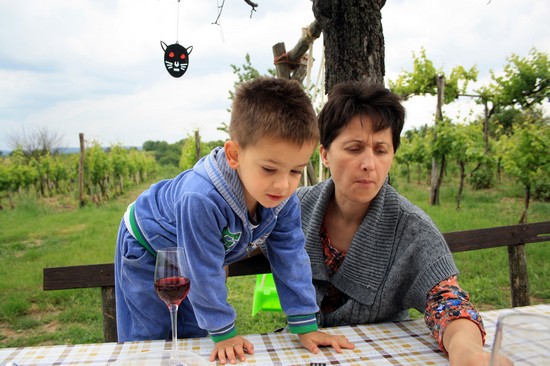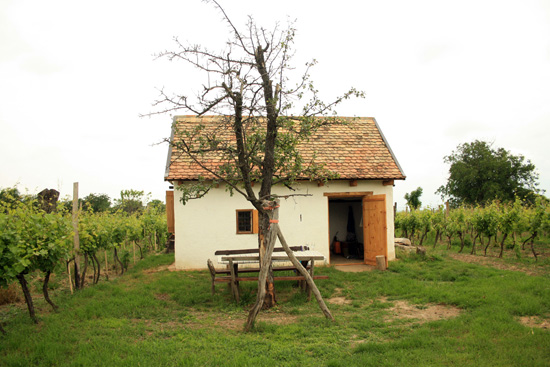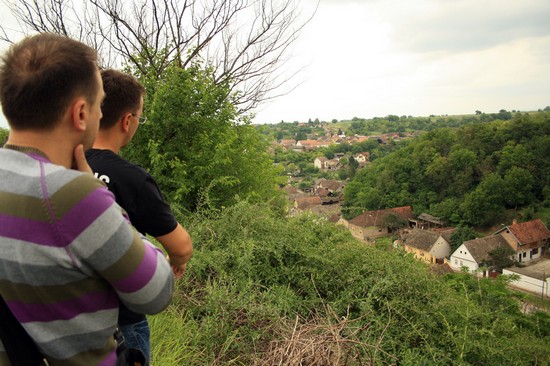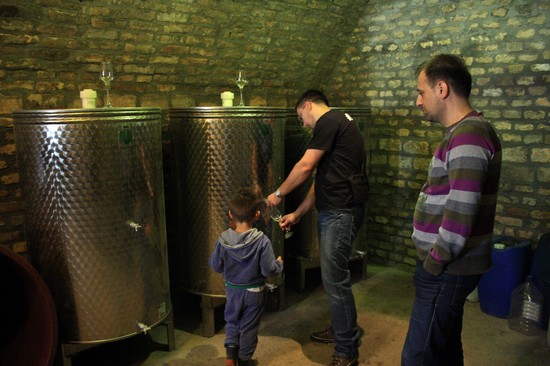If you would read lately about Serbia in tourist guidebooks you would probably find the usual info about vibrant nightlife, especially in Serbia`s capital, or about distinctive cuisine characterized with intensive tastes of Balkan food. Some of those guidebooks even inform about world famous Exit music festival or Guča brass bands competition, but what only a small number of travellers know when they visit Serbia is that Serbia is also a country of wine and that there are many wine routes which are calling to be explored. By our humble experience, majority of our guests are truly surprised when they hear for the first time that Serbia has long and successful tradition of growing grapes and wine making.
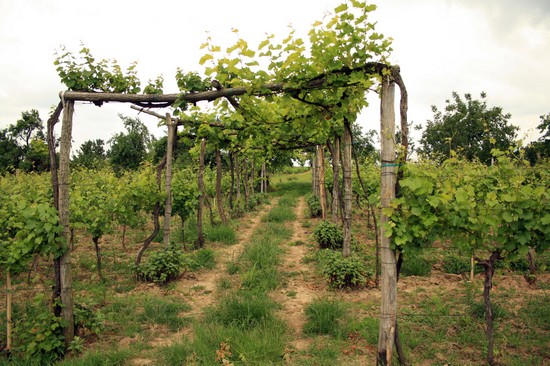
Whole Balkan region has a long tradition of viticulture, thanks to Romans who made biggest impact and contribution to wine culture we have now in these areas. Through the history, wine making had its ups and downs, sometimes due to natural causes, sometimes due to human activity, or even more inactivity. But in the last 10 to 15 years winemaking is living its renaissance, many old vineyards are revitalized but even larger numbers of new vineyards were planted during this period, with this Serbia becomes more attractive for wine tourism. Still, majority of newly planted vineyards are small, so their owners are honestly trying hard to work on the quality of wine in order to reach the market outside of Serbia, since they cannot compete with main world players in terms of quantity. We distinct nine wine regions in Serbia: Palić, Fruška Gora, Vršac, Smederevo, Šumadija (Serbian Tuscany), Negotin, Knjaževac, Župa and Kosovo.
The hero of our story is connected to the region of Fruška Gora, so we owe you a short introduction to this wine region. Gentile slopes of this not so tall mountain (the highest peak is 539m) combined with mild climate influenced by mighty Danube are ideal for viticulture. So it`s not a wonder that in the time of Austro-Hungarian Empire wines from Fruška Gora were exported all over Europe and Sremski Karlovci were considered for capital of Serbian wine. Most famous wines from this region are Fruškogorski rizling, Rajnski rizling, Traminac, Župljanka, Neoplanta and definitely the most famous Bermet, which you shouldn`t miss at any cost, because it`s authentic wine from this region. If you plan to explore Fruška Gora as a wine lover, have in mind that you`ll have a lot of material for exploring, since there are more than 60 wine cellars spread around. We have our favourites among Fruška Gora winemakers but we won`t declare it publicly, cause all winemakers are like our children 🙂 Anyhow if you decide to pay a visit to Fruška Gora winemakers you`ll enjoy most exquisite tastes and you`ll hear interesting stories.
And finally we are getting to the point of our story where we will tell you about our friend Vlada, who became one of those new winemakers who are continuing great tradition of Fruška Gora viticulture. Vlada bought a vineyard in 2011 from old and experienced winemaker Slavko, whose children were not interested in continuing family tradition. The vineyard is located in the village Neštin, not too far from the border between Serbia and Croatia, overlooking Danube river. The vineyard itself is not too big, but it holds interesting stories witnessing events occurred during history, especially during WWII when the cottage was a hideout for local paramilitary soldiers. This cottage, over 100 years old, was ruined and neglected when Vlada bought the vineyard, but in no time he and his family restored it and recovered to its best appearance. During the process they respected the old construction heritage, using adobe, terracotta and soil. Together with reconstruction of old cottage he has built a wine cellar using the same old materials. The old and new are standing together in perfect harmony, which is not surprising since Vlada is an architect. Number of interesting details are additionally improving the impression, but as a ultimate reward for his effort came three silver diplomas from local Neštin winemaking society, which he received for his three wine sorts: Riesling, Vranac and Hamburg rose.It was hard to decide which one was our personal favourite, and that is one of the reasons why we are planning to come back. Vlada opened his vineyard for all of you who want to experience how it is to be a vine grower, but also for those who just want to enjoy the view over the village and of course to taste his great wine.
